How to Insulate an RV Trailer
Proper insulation can make your RV trailer from a metal box which is sensitive to temperature, become a comfortable home on wheels. RV insulation can bring various benefits, including regulating interior temperature, reducing energy consumption, preventing moisture, and dampening road noise. Meanwhile, factory insulation often falls short in extreme weather conditions.
How to insulate a RV trailer? Let’s discover effective insulation strategies to enhance your camping experience by staying warm in winter and cool in summer.
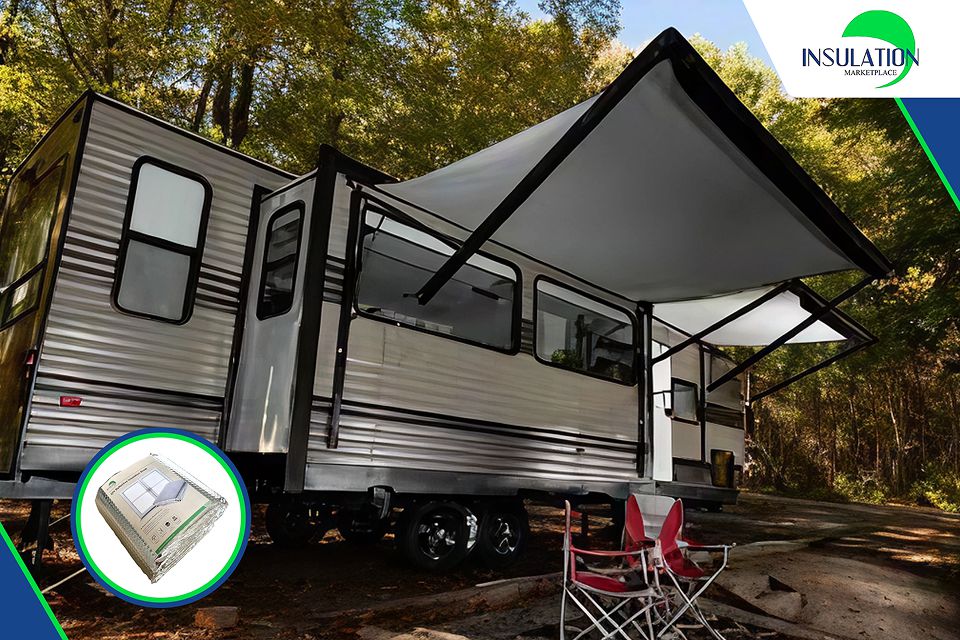
How to Insulate a RV Trailer
RV insulation seems challenging for beginners, but if you have proper research and hands-on experience, it is totally manageable. Let’s learn how to insulate an RV trailer with specific reinforcement techniques for your motorhome's insulation throughout your travels.
RV Windows and Doors
Focus on your RV's key temperature vulnerability points - entry and exit areas. Windows, doors, vents, and skylights often require immediate attention if you want effective temperature regulation.
To improve warmth retention, we must block cold air infiltration points from foam inserts around door frames, seal cracks with spray foam, cover vents with specialized insulators, install skylight covers, and hang thermal curtains. Consider adding door window shades that provide dual-season protection, during winter and summer.
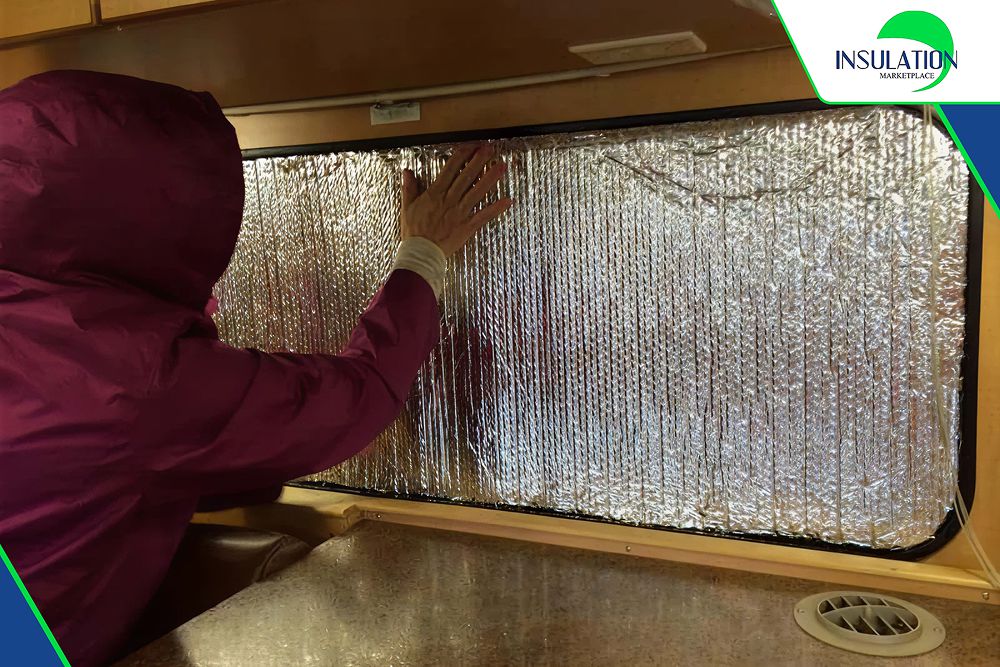
RV Roof and Floor
Your RV's roof plays a crucial role in achieving insulation effectiveness. Standard RV roofs typically consist of PVC construction with fiberglass insulation. You can enhance its temperature control by adding supplemental insulation layers or replacing the factory installation with custom materials.
In addition, don't overlook floor insulation as it significantly impacts interior climate regulation. Even simple solutions like strategic rug placement help maintain warmth during cooler seasons.
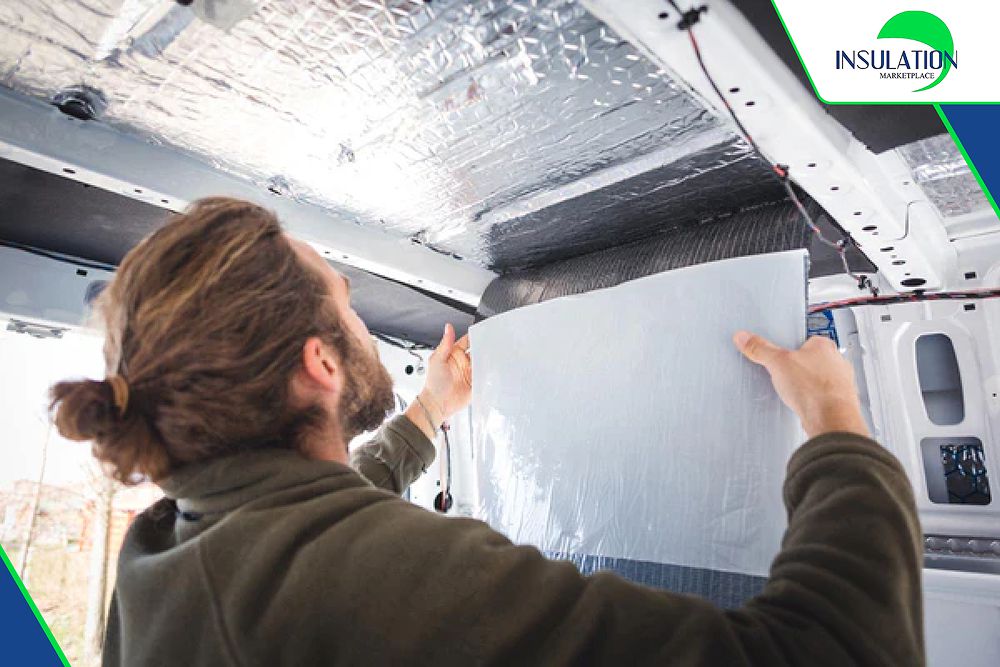
RV Walls and Slides
Wall insulation matches roof insulation in importance for temperature control. Most custom insulation projects target these two areas. Select wall insulation based on your camping climate requirements and durability needs. Remember to address slide-out areas, which create additional vulnerability points for temperature fluctuations.
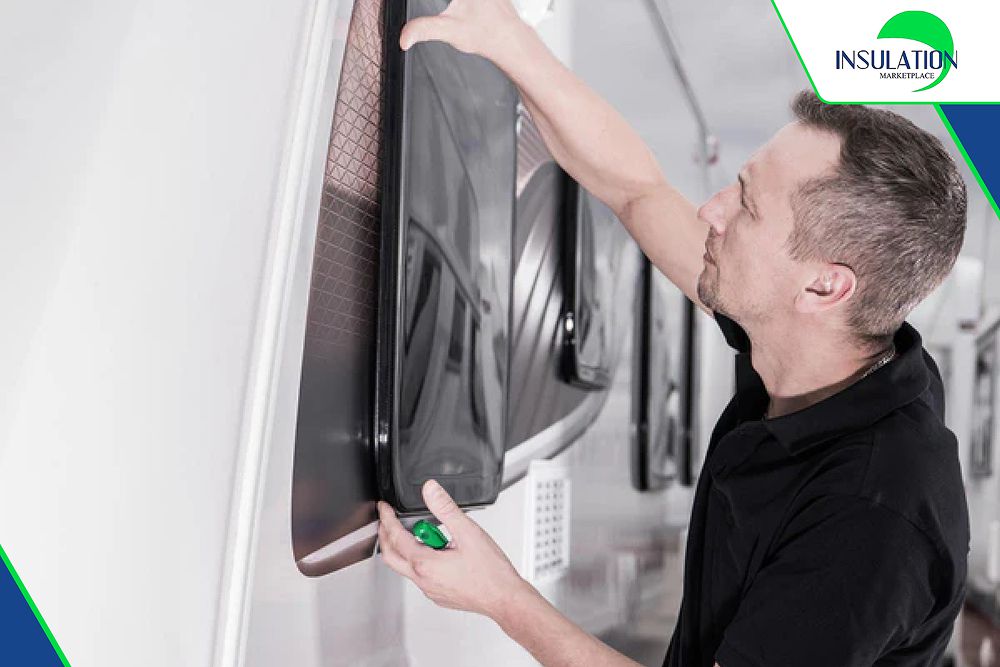
RV Plumbing System
The plumbing system remains particularly vulnerable to temperature extremes. Freezing conditions can damage pipes and holding tanks. Many experienced RVers drain their systems completely when traveling to cold-weather destinations. For continued plumbing use in low temperatures, consider specialized holding tank insulation and insulated water hoses.
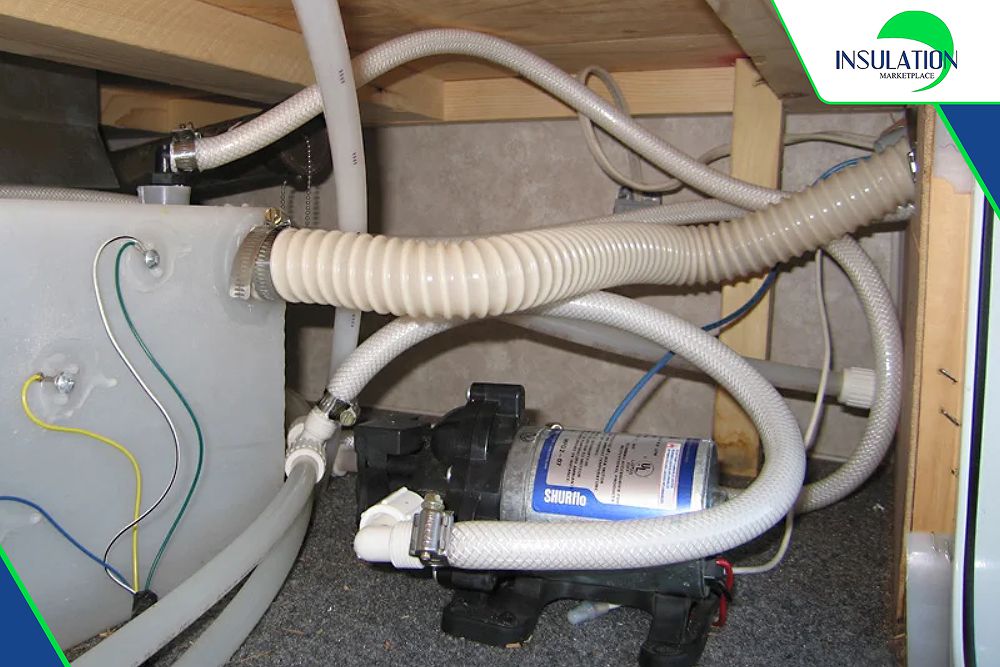
RV Underbelly
Don't overlook your RV's underbelly when planning the project of how to insulate a RV trailer. It requires only a straightforward approach involving adding insulated skirting around your motorhome's perimeter. Material options you can use include weather-resistant fabrics, foam boards, and plywood panels. Consider permanent skirting installation for extended stays at single locations to maximize underbelly protection.
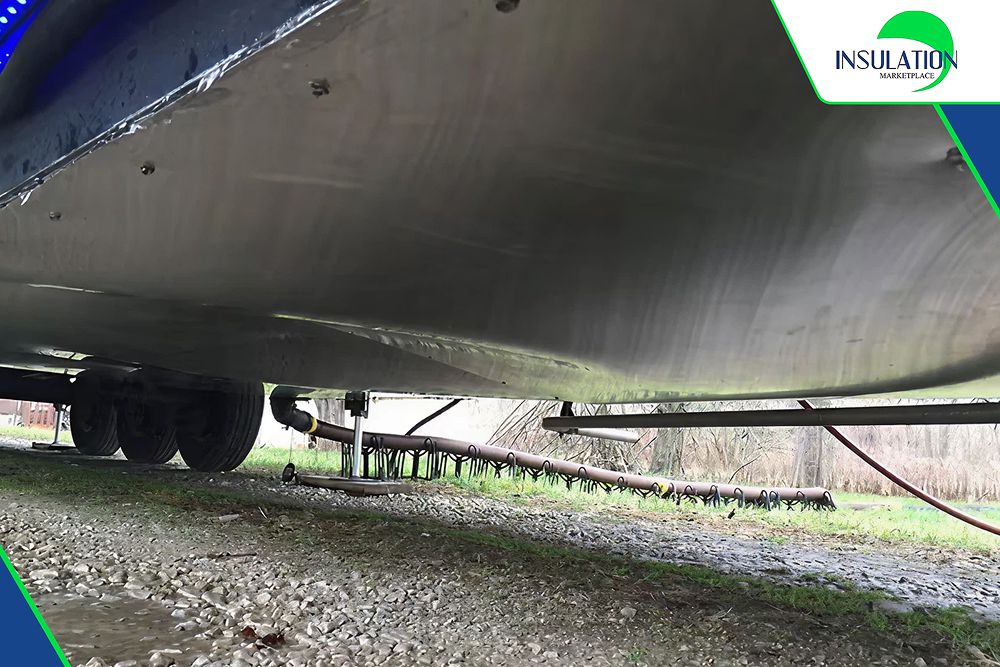
RV Engine and Generator
Safeguard your RV's mechanical components against extreme weather conditions by implementing proper insulation for both the engine and the generator. Engine protection strategies include various specialized insulation covers designed to shield critical parts when your vehicle remains stationary. These protective barriers prevent temperature fluctuations from affecting engine performance.
Additionally, establish a consistent maintenance schedule with thorough inspections to ensure all systems operate at peak efficiency regardless of external conditions.
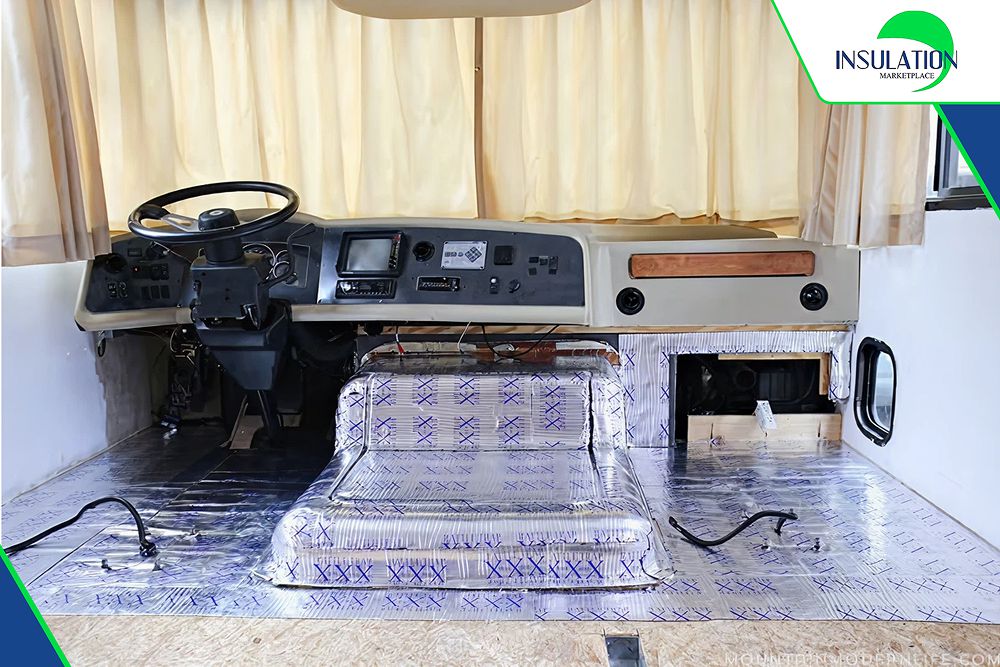
7 Tips for Optimizing Your RV Insulation System
Beyond selecting appropriate insulation methods for temperature control, consider several strategies that can enhance your RV's cooling efficiency during hot weather. Here are 7 practical approaches to maintain comfortable temperatures:
- Maximize Your RV Awning's Potential: Set up your outdoor space under the awning for shade protection. Add portable fans or misters underneath for additional cooling. Consider creating a complete shade room using reflective screens or specialized kits with fasteners and poles.
- Install Window Coverings: Limit sunlight penetration by hanging interior window shades or curtains and keeping them closed during daylight hours. External window awnings provide additional protection against heat gain.
- Select Shaded Parking Spots: Choose parking locations that offer natural shade whenever possible. For desert camping or shade-limited areas, consider installing a small canopy above your RV roof.
- Position Your RV Strategically: Orient your RV with the front facing north. This positioning allows your awning to block morning sun while creating afternoon shade for your outdoor seating area during peak heat hours.
- Maintain Your Air Conditioning System: Inspect AC components before trips - check filters and condenser coil fins for cleanliness and damage. Test functionality before departure to ensure reliable operation.
- Deploy Portable Cooling Devices: Use small fans to circulate cool air throughout your RV, reducing AC dependency. Place fans strategically for comprehensive air movement. Consider battery-powered portable AC units for extreme heat conditions.
- Protect Your Water Supply: Elevate drinking water hoses above hot surfaces using cardboard, foam blocks, or wood. Insulate hoses with foam wraps or swimming pool noodles to maintain cooler water temperatures.
Cost of RV Insulation
RV insulation prices vary based on material type, quantity needed, and installation method. Fiberglass offers the most affordable option, while rigid foam represents the premium choice. DIY installation saves money compared to professional services - a self-installed spray foam project for a campervan typically costs around $400, with professional installation costing more. Using multiple insulation types increases the overall expense compared to single-material approaches.
Choosing the Best Insulation for Your RV
Effective RV insulation makes a significant difference in comfort and energy efficiency during your travels. The DIY reflective insulation sheet from INSULATION MARKETPLACE stands out as a practical solution, featuring a 3mm bubble core between two layers of engineered foil. This material reflects up to 97% of radiant heat, helping maintain comfortable temperatures year-round.
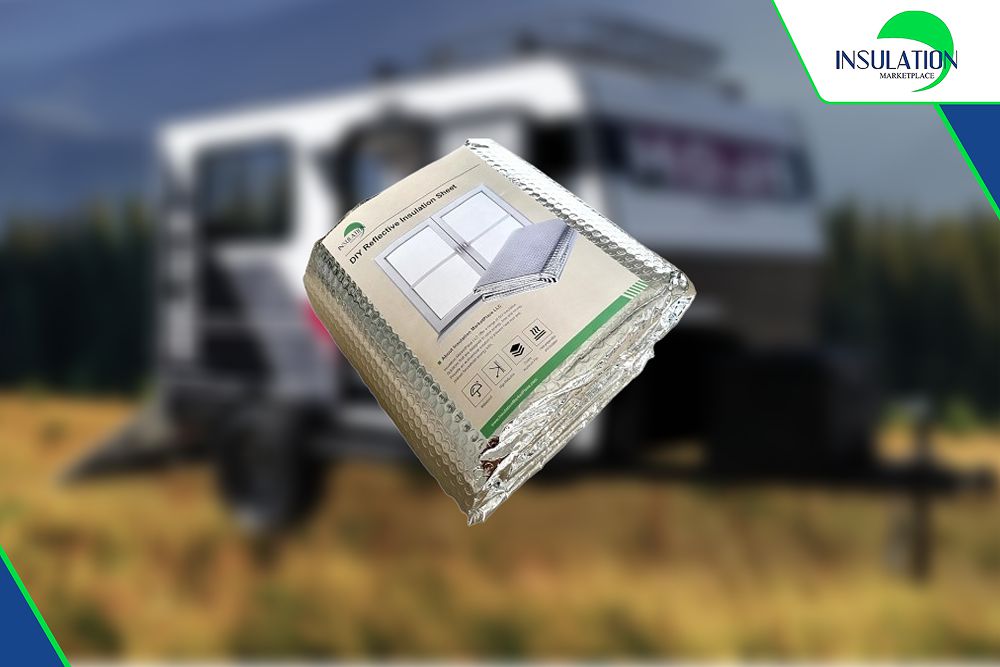
The insulation sheet excels in several key areas. Its versatility allows custom fitting for windows, doors, and other spaces in your RV. Installation requires no special tools - simply cut to size and apply. The material leaves no residue upon removal, making it ideal for seasonal use or permanent installation.
The durability of these INSULATION MARKETPLACE Reflective Insulation Sheets ensures long-term performance, typically lasting several years before replacement. This makes them cost-effective for regular RV users. Moreover, the lightweight nature of reflective insulation adds minimal load to your vehicle while maximizing temperature control.
Hope this article has help you know how to insulate a RV trailer probably. Visit our online store for premium insulation products at competitive prices. Our best-selling reflective insulation sheets have earned thousands of positive reviews from satisfied customers




